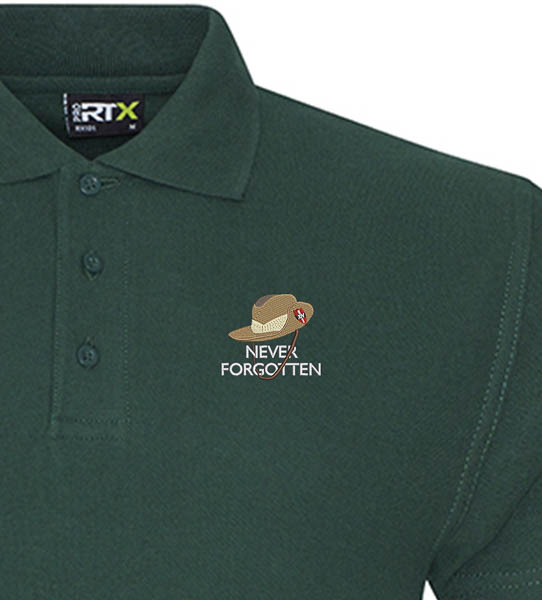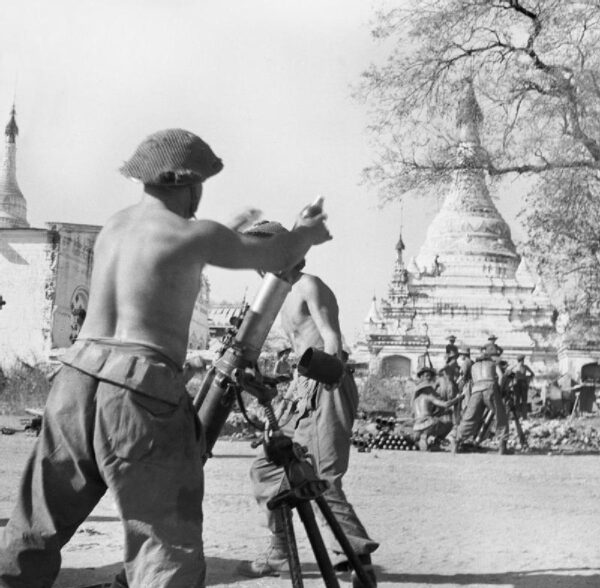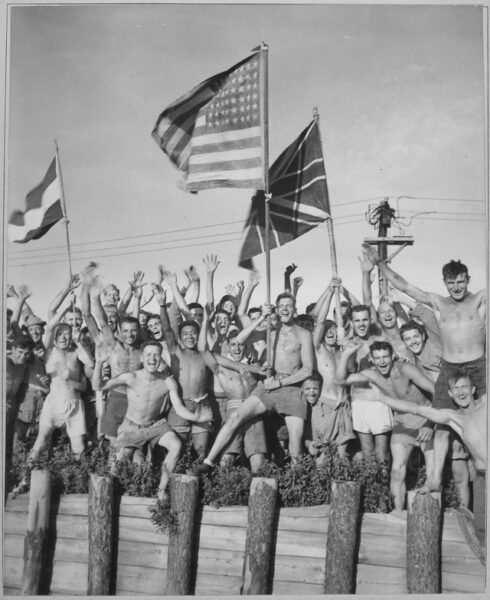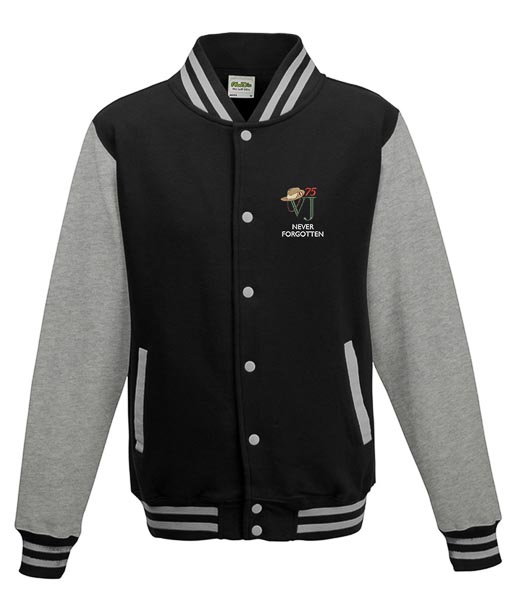Recreate Your Favourite Locos and Aircraft
All our standard designs can be fully personalised!!

The British 14th Army are often overshadowed in the stories of World War II history. I created this commemorative design to commemorate the significant contributions the XIVth Army made to the Allied victory.
I have 2 close relatives who served in the Far East theatre of operations in World War 2. I have always wanted to commemorate their struggles.
One relative was a Leading Aircraftman in the RAF and was captured by the Japanese literally days after they launched their surprise invasions. He was in a POW camp near Nagasaki when the bomb went off and wasn’t liberated until the end of August 1945.
The other was the leader of a mortar platoon who saw action from the very start to the end of the campaign including action at Imphal.
This blog post to announce the ‘Never Forgotten’ design commemorates and honours their bravery and resilience.
If you have little knowledge of the Burma Campaign, here is a brief overview.
The Burma Campaign was a series of gruelling battles fought in what was then, the British colony of Burma, now Myanmar, from December 1941 to August 1945. It was one of the longest and most difficult campaigns of world War 2.
The Burma campaign began with a swift and brutal invasion by the Japanese forces. The British Army was quickly pushed back into India. The surprise Japanese attack and its swiftness, marked a low point for the British forces and was seen as a humiliating defeat. It did however, set the stage for a remarkable comeback.


The terrain in Burma posed a formidable challenge. Soldiers had to navigate through dense jungles, cross steep mountains, and endure heavy monsoon rains that made movement of men and supplies almost impossible for months on end. These harsh environmental conditions tested the mettle of even the most hardened soldiers.
The ferocity of the Japanese soldiers added another layer of difficulty. Unlike their German counterparts, who (mostly) adhered to a code of conduct in warfare, the Japanese were feared for their merciless tactics and stubborn determination to attack even in the face of devastating losses. They showed little regard for the rules of war, often treating prisoners of war with extreme cruelty.
Despite these challenges, the British 14th Army regrouped and launched a counter-offensive. The turning point came in 1944 at the Battles of Imphal and Kohima. Here, the 14th Army, despite being outnumbered, managed to halt the Japanese advance into India. This victory marked a high point in the campaign and was a huge achievement for the 14th Army.
The term “Forgotten Army” was first used by the army’s commander, Lieutenant General William Slim, during a speech in 1945. He felt that the 14th Army’s efforts were overlooked as their campaign was overshadowed by other events in the war, such as the Normandy landings.
This forgotten tag was reinforced in the troops minds upon their eventual return to the UK. Many didn’t return to UK shores until mid 1946. By this time, the euphoria of winning the war in Europe had subsided. Peoples minds were on recovering from 6 years of war on the home front and the incredible rebuilding program that was needed.
Upon their arrival there was very little fanfare, flag-waving or ceremony. Indeed a common theme I heard from veterans was that only the Salvation Army were there to receive them as they disembarked the troop ships.




To honour the bravery and sacrifice of the British 14th Army, I created an embroidered design featuring the ubiquitous ‘Slouch’ hat worn by the troops resting on the words ‘Never Forgotten’.
The design is available on our full range of clothing, making it an ideal gift for history enthusiasts or for those with a personal connection to the 14th Army.
The British 14th Army played a crucial role in World War II, but their story is often overlooked. I’d like my design to serve as a tribute to these brave soldiers, ensuring that the “Forgotten Army” will be remembered for generations to come.
Thanks for reading
Gary